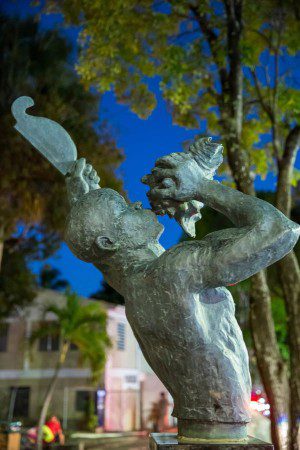
Hello everyone, and happy July 4th! The Fourth of July is usually a day of nonstop celebration on St. John beginning with j’ouvert (pronounced joo-vay) – a street party that begins at daybreak, followed by a parade that features great music, dancing and so many amazing and colorful troupes! The evening typically includes fireworks over Cruz Bay, which is then followed by hours of music and dancing over at the Village. But as we all know, this year is different for all of us. Festival has been cancelled, which means we will have to celebrate twice as much next year!
The Fourth of July is a big deal on St. John. But the reason it is celebrated so much on the island is much different than why it is celebrated in the States.
David Whitney Knight Sr. is a St. John historian, who often shares interesting content regarding the island’s history on his Facebook page. For the past few years, he has reminded us all why July 4th is such an important day in St. John’s history. Here is a portion of what he wrote yesterday:
This is why July 4th is such a significant date in the history of St. John:
Word of Emancipation first reached St. John on July 4, 1848.
Late in the afternoon the owner of the Lamesure plantation, Captain Ingjald Mourier, arrived at Cruz Bay from St. Thomas bringing word of the Governor-General’s pronouncement of Emancipation. After hastily informing Police Master Carl Hanshell of the news, Mourier and Hanshell set out on horseback to inform the people in the countryside. Just after sunset, the enslaved populati
on on Estate Adrian were the first to learn of their newly achieved freedom.
According to the last pre-Emancipation census carried out in the Danish West Indies on October 5, 1846, there were 105 “Unfree” individuals toiling on the Adrian plantation at that date.
The lists in this post record the names, gender, places of birth, and ages, of the enslaved inhabitants of Estate Adrian twenty-one months prior to the proclamation of Emancipation throughout the Danish West Indies (now the Virgin Islands of the United States). Those strong enough to have survived would have been among that first group of Unfree laborers to learn of the achievement of freedom.
Note: due to what might be viewed by some as offensive content and language I have chosen to only post a small portion of the original census document. Anyone interested in viewing the complete 1846 census can access it through the following link to the Danish National Archives: https://www.sa.dk/ao-soegesider/en/billedviser?epid=17447703&fbclid=IwAR24Jhj5RWS3lIUjYwVkpZNlh8rSMPwy3f8r_mUTxDsShCxyQir5tVrBS8I#220151,41463165
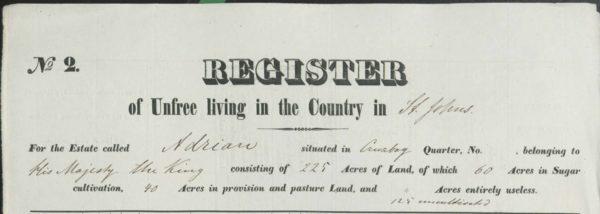



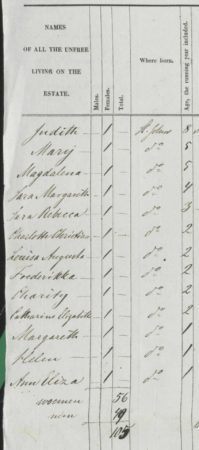
If you are interested in reading more about St. John’s emancipation, please click this link which will bring you to a story Hillary posted yesterday.
In the meantime, I hope you all have a safe and wonderful Fourth of July!
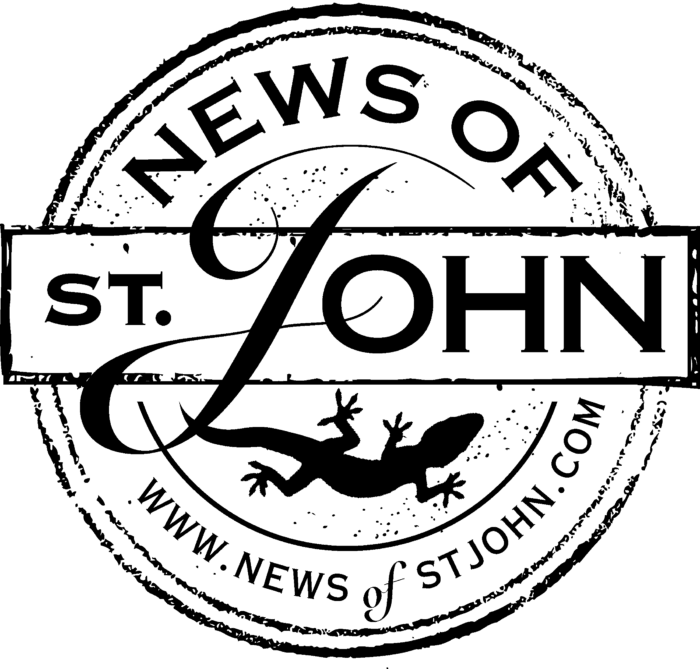


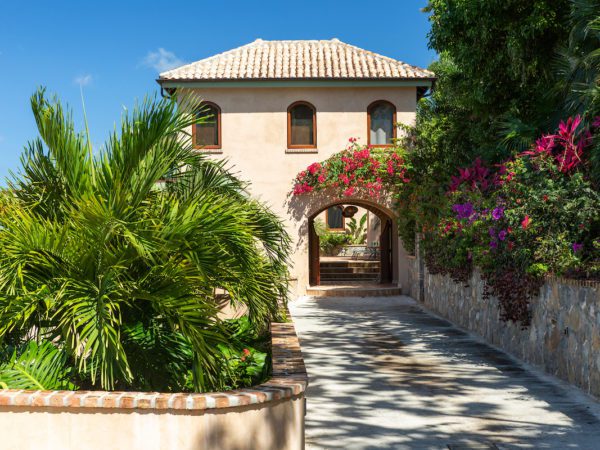
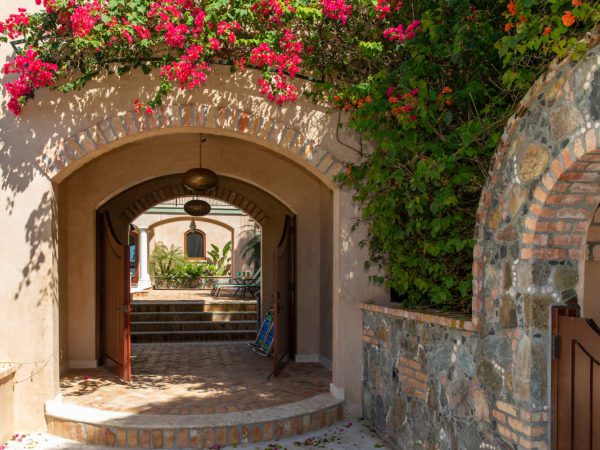
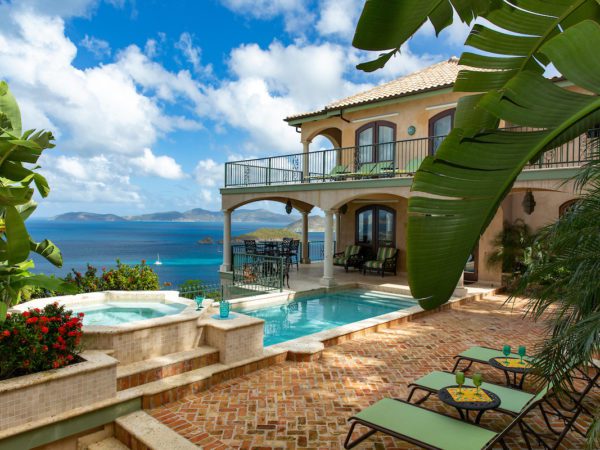
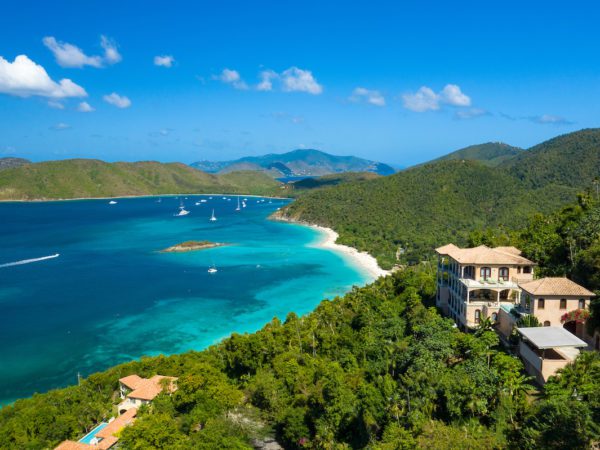
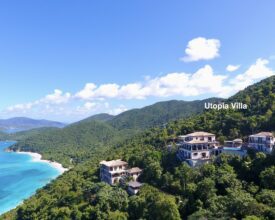
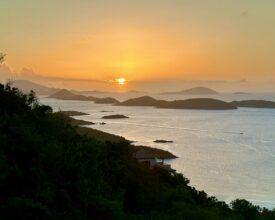















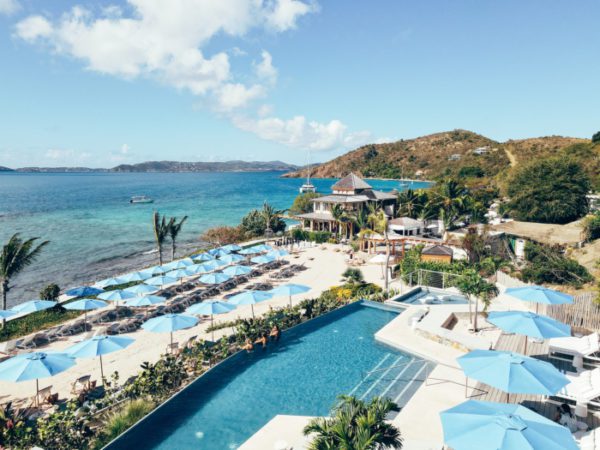


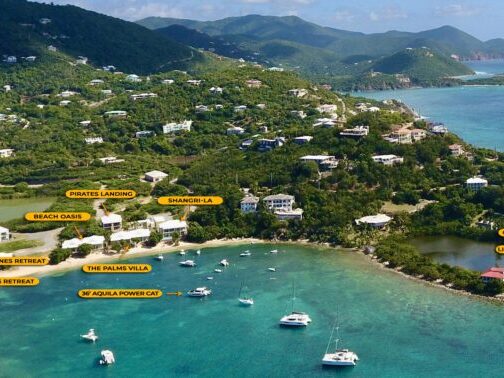
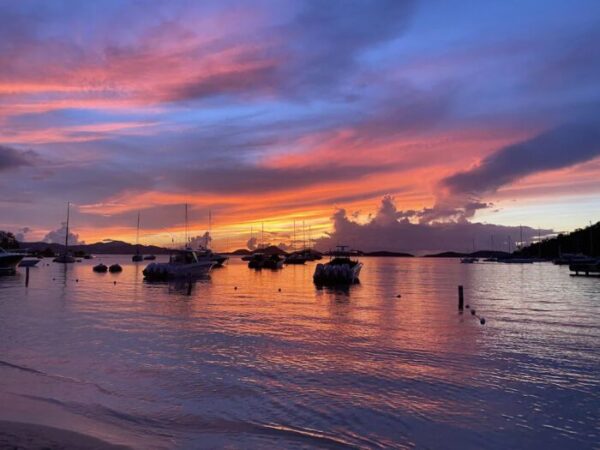
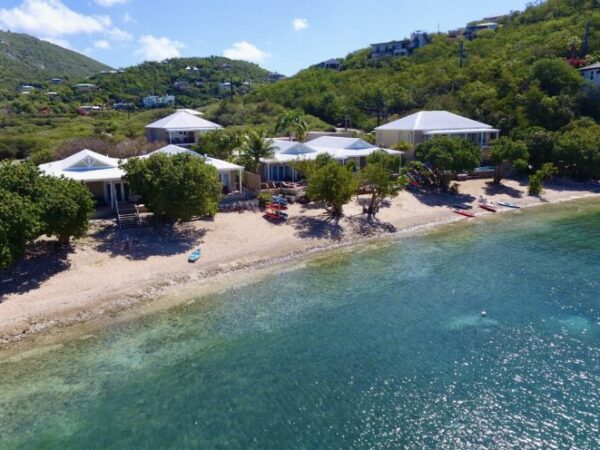
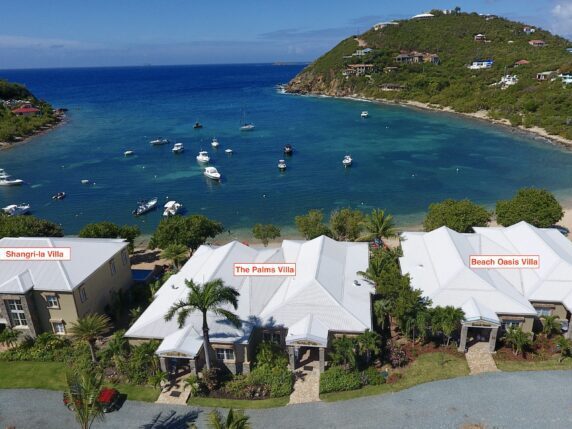



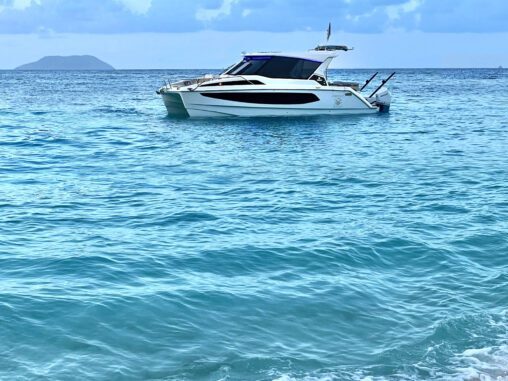



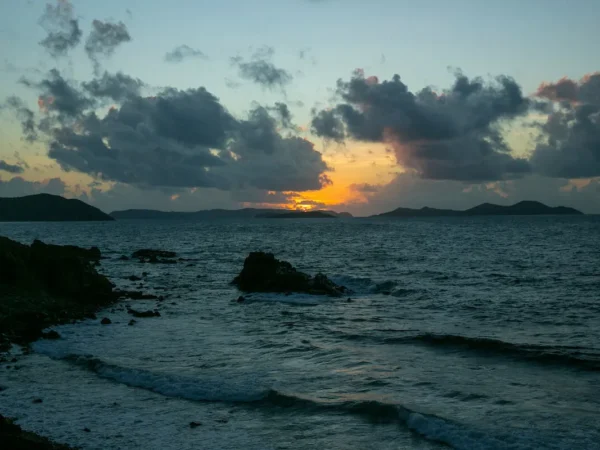



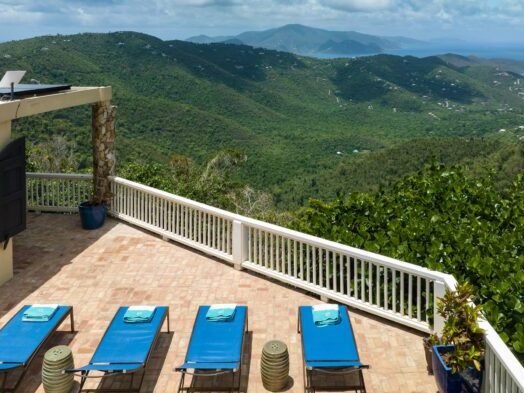
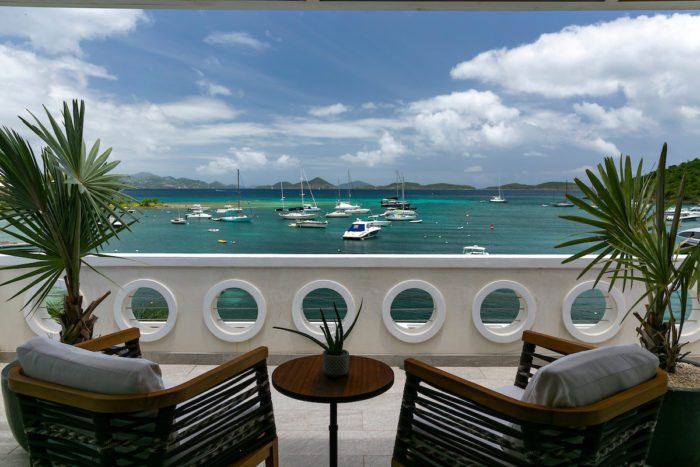




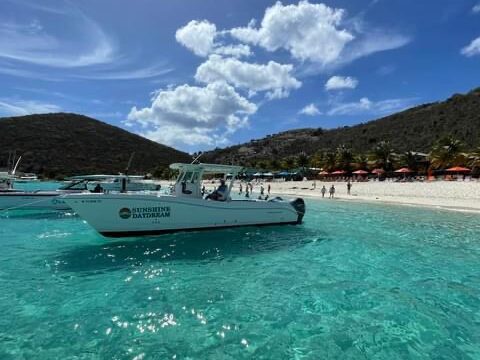
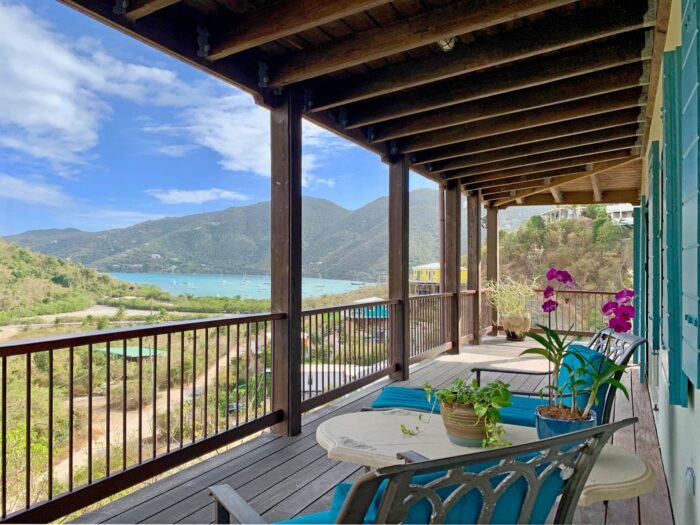
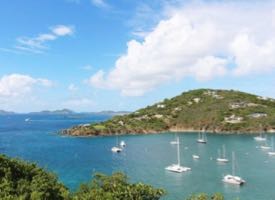
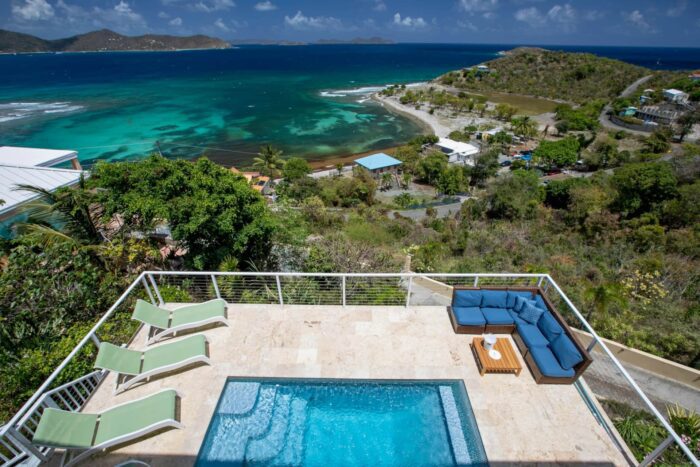


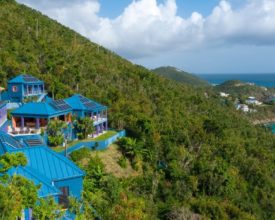










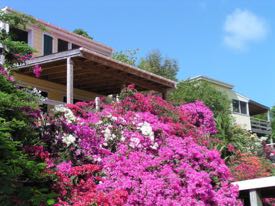

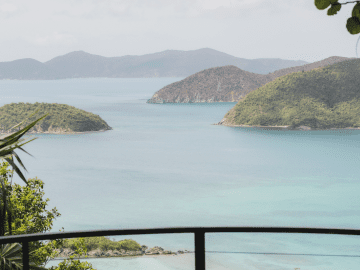

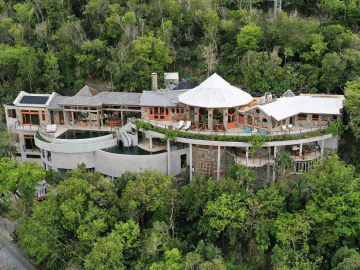

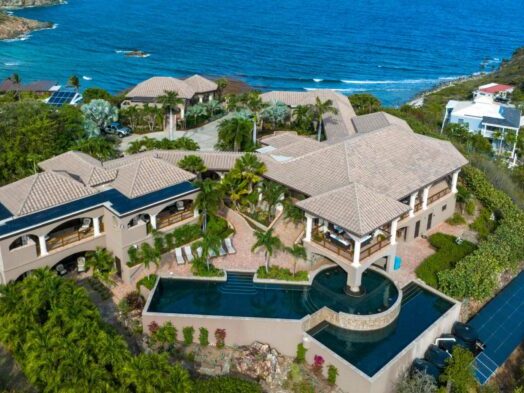

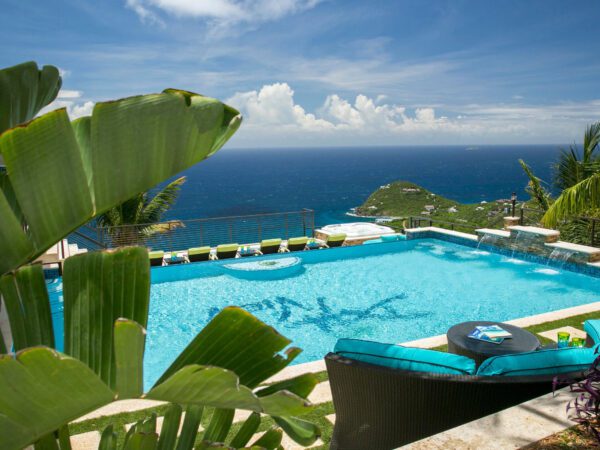
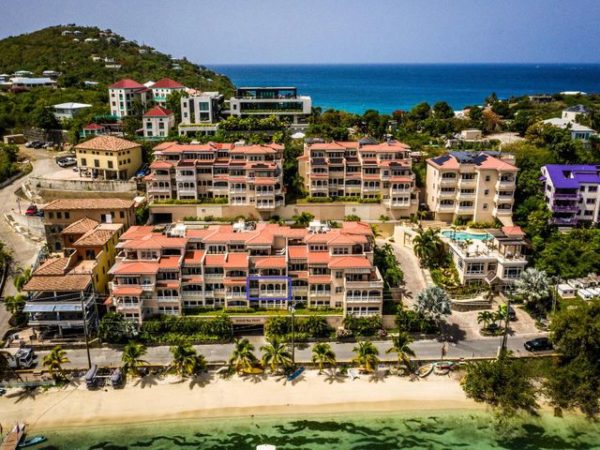


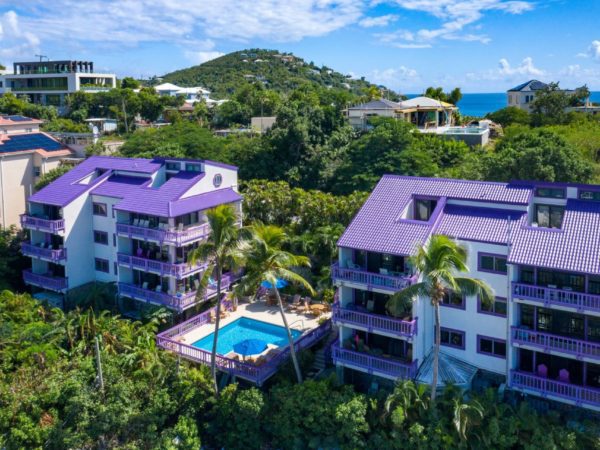
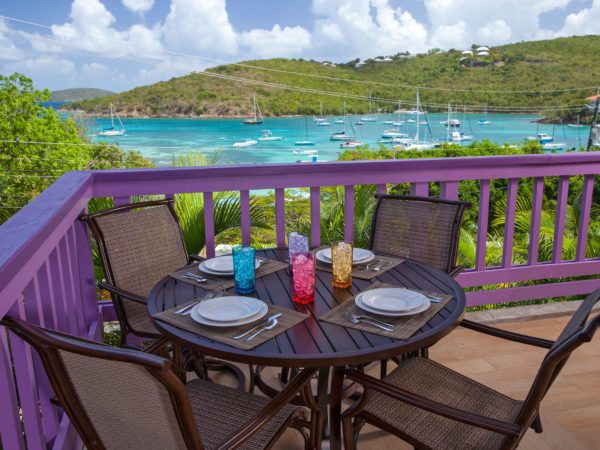


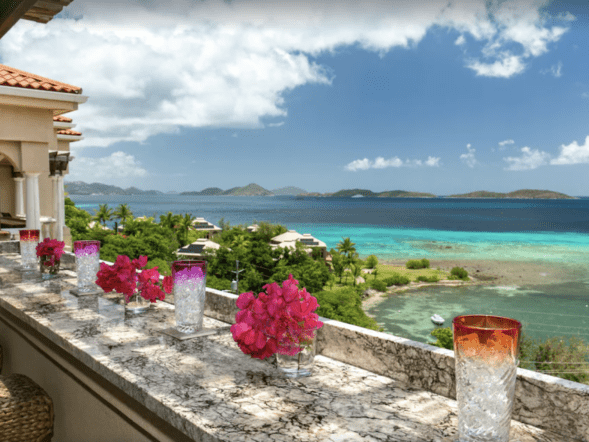
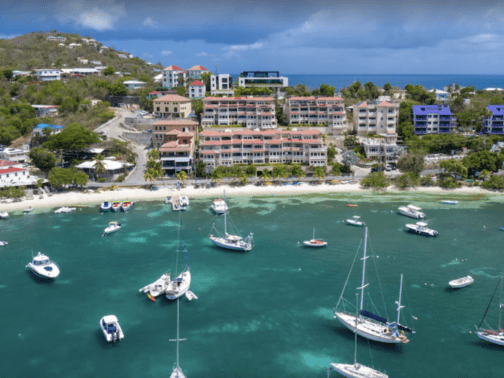
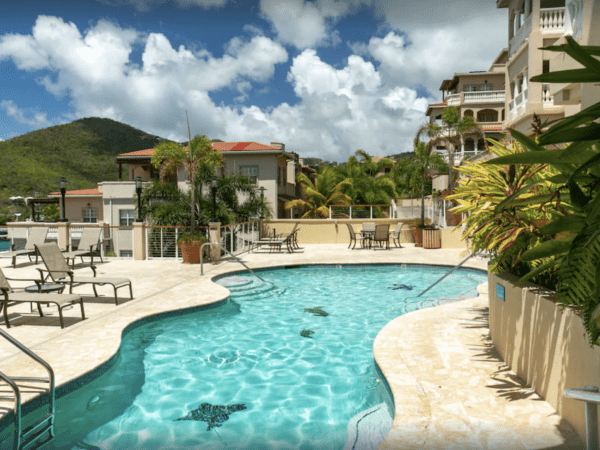




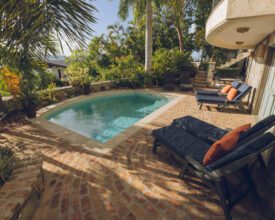











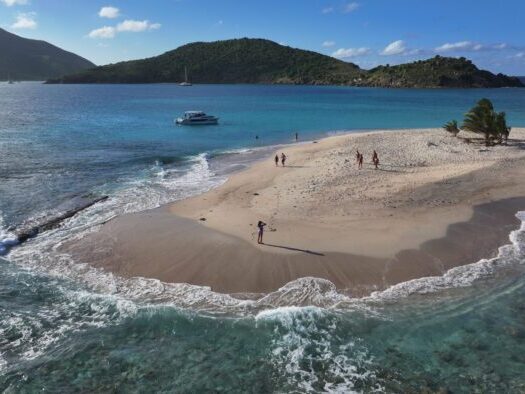



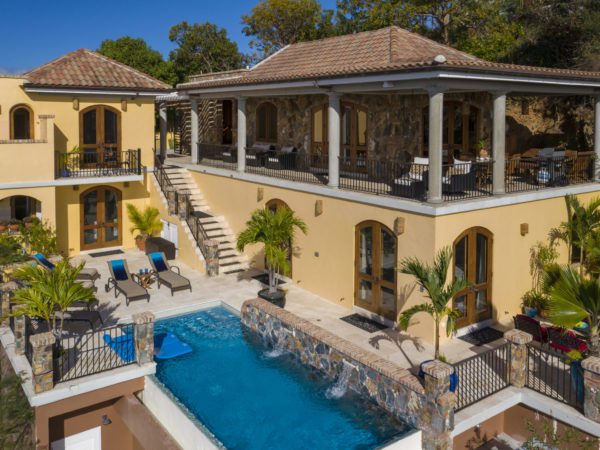
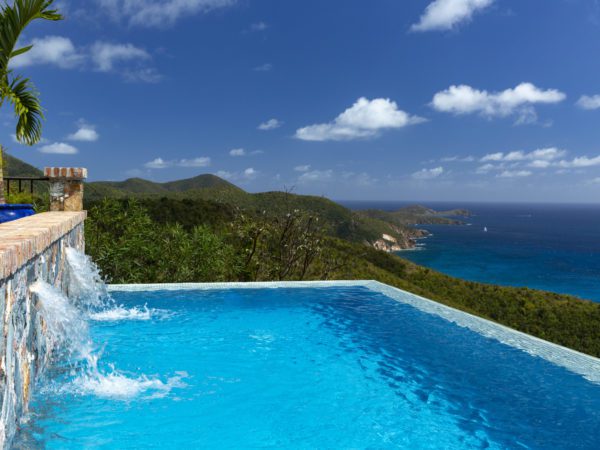
It’s sad looking at the list of the “unfree”. Some of them were as old as me, probably never having known freedom until that day. Interesting bit of history. It’s disgusting to think you could own another human.
I feel blessed to be free. Happy 4th everyone!
Breaks my heart to see so many young children. It’s a sad part of our world history. I for one am glad it’s over
Unfortunately it isn’t over for many in this world. That phase of slavery is over but as we have seen recently in places like Libya slave trading still exists. It is gross and hard to imagine but as Damian Marley says.. “the Old Slave Mill is grinding slow but grinding still”